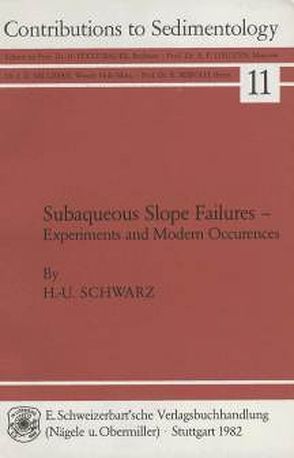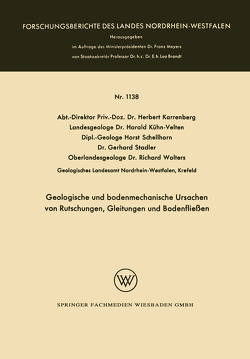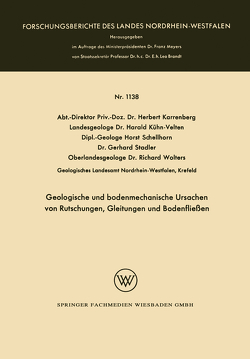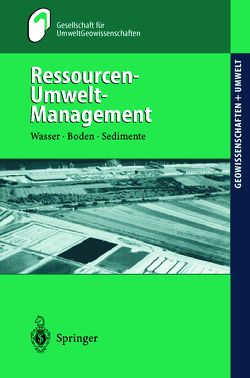Subaqueous Slope Failures
Experiments and Modern Occurrences
Hans U Schwarz
A broad variety of deformational structures in ancient marine deposits and extensive distribution of slide structures over almost all ocean slopes have been observed. Gigantic volume and transport distances of suddenly displaced masses have been found in present ocean areas. Their economic value in ancient deposits, e.g. because of their potential for creating sedimentary hydrocarbon traps, and damages caused while using the sea bottom for technical programs make subaqueous slope failures as fascinating phenomena for research. In spite of abundant reports on gravitational mass movement occurrences and thorough check of published data only a few general aspects can be deduced from this compilation. Therefore, an experimental program using artificially deposited clayey sediments was performed in a tiltable tank, in order to test three basic models of subaqueous slope formation and destruction. Structural analysis has been carried out of single and multiple slope failure processes recorded on film, of experimental and natural slide structures, and of tectonic deformation patterns allowing discrimination of characteristic deformation cycles. Each is composed of the same sequence of structural features or at least parts of such a sequence. The laboratory shear tests and investigations of natural slump occurrences support the theory that the predeformational development of a sediment considerably determines its behaviour during later deformation.














































